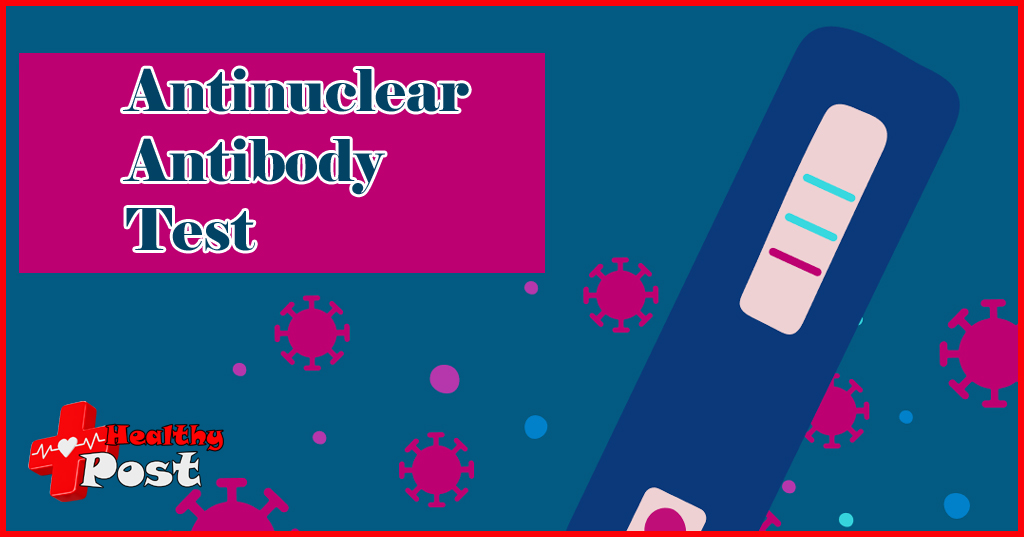
What should I do if the antinuclear antibody test is positive?
Who have done immune examinations should have come into contact with antinuclear antibody test. In fact, antinuclear antibodies (hereinafter referred to as ANA) are the general term for autoantibodies against all antigenic components in cells. ANA is mainly a screening test for rheumatic diseases, because low-titer ANA can appear in infections, tumors and normal people, and about 1/3 of undiluted normal serum can also show a positive reaction, so ANA>1:80 is clinically significant.

ANA is of great significance for the diagnosis, differential diagnosis and clinical treatment of rheumatic diseases, especially autoimmune diseases. High ANA titers indicate the possibility of autoimmune diseases. For patients with recurrent spontaneous abortion, those with positive ANA need to undergo a comprehensive examination of autoimmune antibodies to determine whether it is an autoimmune disease or autoimmune dysfunction. In addition, indirect immunofluorescence (IIF) is the most effective method and gold standard for detecting ANA.
Clinical significance of antinuclear antibody typing
ANA examination is a screening test for autoimmune diseases. ANA has different degrees of positivity in a variety of autoimmune diseases, such as systemic lupus erythematosus (SLE, 95%-100%), rheumatoid arthritis (RA, 10%-20%), etc. One autoimmune disease can detect a variety of autoantibodies, and the detection of one ANA may involve a variety of related autoimmune diseases. Therefore, doctors often need to refer to multiple immune indicators and combine clinical manifestations and other auxiliary examinations for comprehensive analysis to make a diagnosis. Among them, the classification of ANA also has a very important reference significance in clinical practice. Dawowo has also sorted out these eight common classifications for sisters:
Homogeneous type is also called diffuse type
The nucleoplasm is stained evenly. This nuclear type is related to anti-histone antibodies (AHA), anti-nucleosomes (AnuA) and dsDNA antibodies. Many patients with autoimmune diseases have this anti-nuclear antibody in their sera, but it has poor specificity. High-titer homogeneous types are mainly seen in systemic lupus erythematosus (SLE); low-titer homogeneous types can be seen in rheumatoid arthritis (RA), chronic liver disease, infectious mononucleosis and drug-induced SLE.
Peripheral nuclear membrane type
The edge of the nucleus is strongly fluorescent, while the center is thick and dark. This type corresponds to anti-double-stranded DNA (dsDNA) antibodies. High-titer nuclear membrane type is almost only seen in SLE, especially active SLE, and indicates active disease.

Speckled type, also known as nuclear granular type, nuclear plaque type
Fluorescent spots of varying sizes are scatter in the nucleus. The antibody associated with this type is anti-soluble nuclear antigen antibody. Serum showing this type should be further test for related specific antibodies. High titer spot type can be see in mix connective tissue disease (MCTD), as well as autoimmune diseases such as SLE, systemic sclerosis (SSc) and Sjögren’s syndrome (SS).
Nucleolar
Only the nucleolus is stain with fluorescence. This type of nuclear type is related to the ribosomal antibodies in the nucleus. The nucleolar immunofluorescence model is further divide into three models: nucleolar granular type; nucleolar homogeneous type; nucleolar dot type. This antibody is more common in patients with primary Sjögren’s syndrome (PSS) and SLE. In addition, the positive rate in SSc can reach 40%.
Centromere type
This type of karyotype can only be detect using tissue culture cells as substrates. The staining characteristics are that the cell nucleus and nuclear membrane of the mitotic figure disappear. The chromosomes are neatly arrange at both ends. The centromere is stain with fluorescence, and the fluorescent spots will not exceed the number of chromosomes.
Cytoplasmic
The cell cytoplasm is positive for fluorescent staining. It can be divide into mitochondrial type (cytoplasmic coarse granule type), ribosomal type (cytoplasmic fine granule type or homogeneous type, sometimes nucleolus positive), Jo-1 type (nuclear granule, cytoplasmic granule type), cytoplasmic fine granule type (PL-7, PL-12), etc. It indicates that there may be anti-Jo-1 antibodies, anti-ribosomal P protein antibodies, anti-SSA antibodies, anti-mitochondrial antibodies (AMA), etc.
Hybrid
Refers to two or more mixed fluorescent staining models. Sometimes a serum contains multiple antibodies, which may result in different staining models (mixed types). Testing with serum of different dilutions or observing the fluorescent staining characteristics of cells at different division stages can help distinguish the various fluorescent staining models contained.
other
In addition to the common fluorescent staining models mentioned above, some rare fluorescent staining models can also be see, such as spindle type, Golgi type, lysosome type and PCNA type. Except for the PCNA type, the clinical significance of ANA corresponding to most of these rare fluorescent staining models is not very clear.
Simply put, ANA is the general term for a series of antibodies in human blood. There are many types of antinuclear antibodies, some of which are beneficial to the human body, and some are caused by diseases. If ANA is positive, it is often caused by some diseases. So sisters, the purpose of doing the examination is to better identify the cause of the disease so that you can know where your own problem lies.

